Electroforming is an Additive Manufacturing process specialized for the production of high precision metal parts. Its uniqueness is that you can grow metal parts atom by atom, providing extreme accuracy and high aspect ratios.
The Electroforming process can be concluded in a series of steps including Cleaning, Coating, Exposing, Developing, Deposition, and Harvesting.
(1) Cleaning
The conductive metal substrate will first be cleaned and degreased.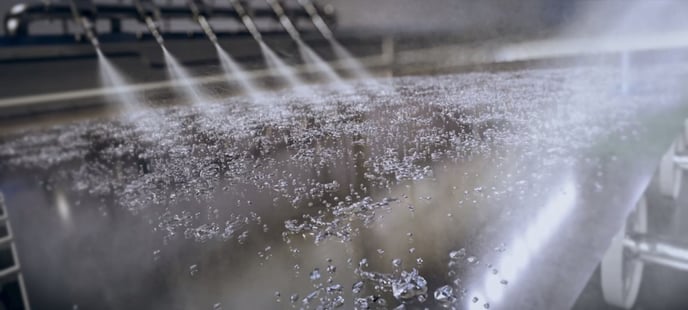
(2) Coating
The cleaned metal 'blank' is then coated with a light-sensitive photoresist.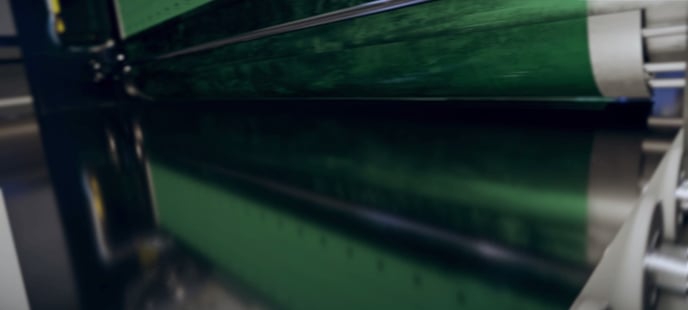
(3) Exposing
The metal sheet is then exposed to ultraviolet light.
We use the LDI (Laser Direct Imaging) technology which is far more accurate than traditional photo tooling. The LDI Imager is capable of projecting high-resolution images directly from a CAD file. In this way, photomasks become redundant, which significantly reduces costs and decreases lead time.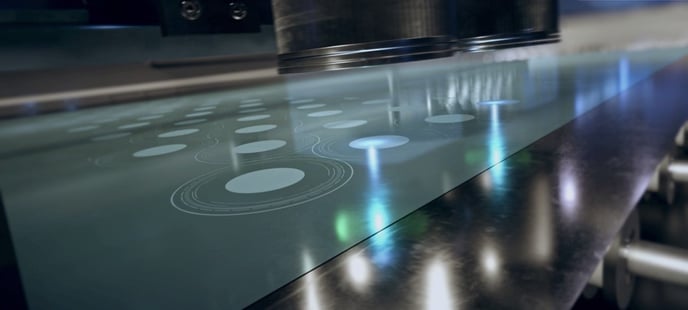
(4) Developing
After the image is transferred by UV exposure, the substrate is then developed, rinsed, and dried.
(5) Deposition
An electrolytic bath is used to deposit metal onto the patterned surface.
The electro-deposition process involves an electrolytic solution, two electrodes, and a DC current. The DC current of electricity is passed through the solution (electrolyte), converting metallic ions into atoms, which build up onto the cathode surface through a continuous deposit. Therefore, the material can be built up on microscale accuracy: atom by atom.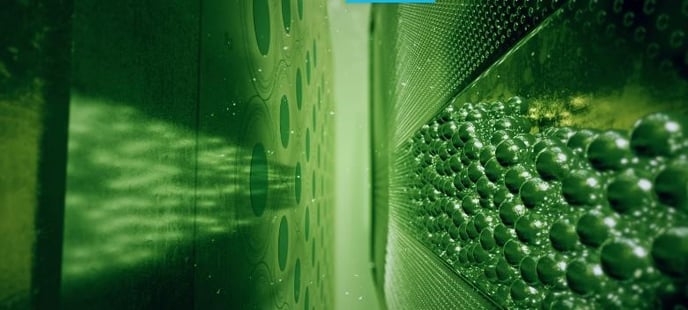
(6) Harvesting
The electroformed part can be harvested from the mandrel, once the material is plated in the desired thickness.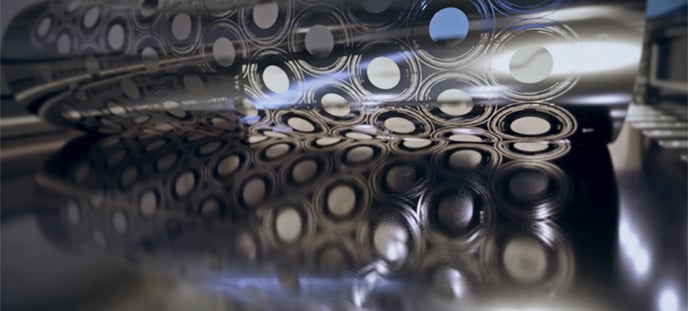
To understand the process in greater detail, watch our 3D animation of the Electroforming process in full length!
Interested to learn more about Electroforming?
Download the Whitepaper on Electroforming here.
Still questions after reading this article? Reach out to us by using our contact form.
